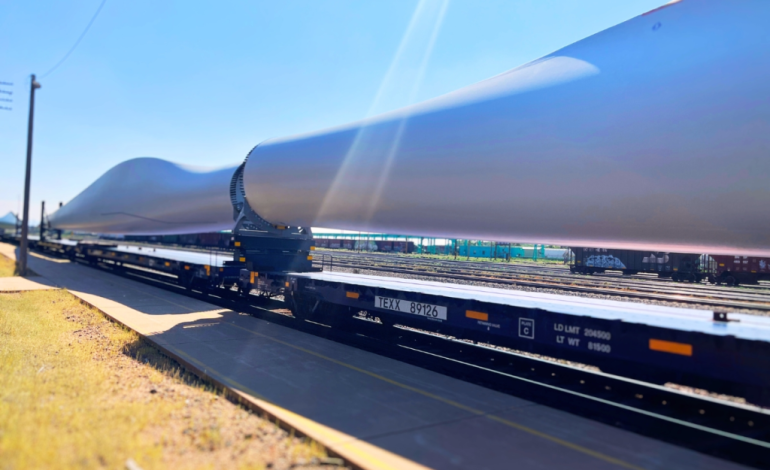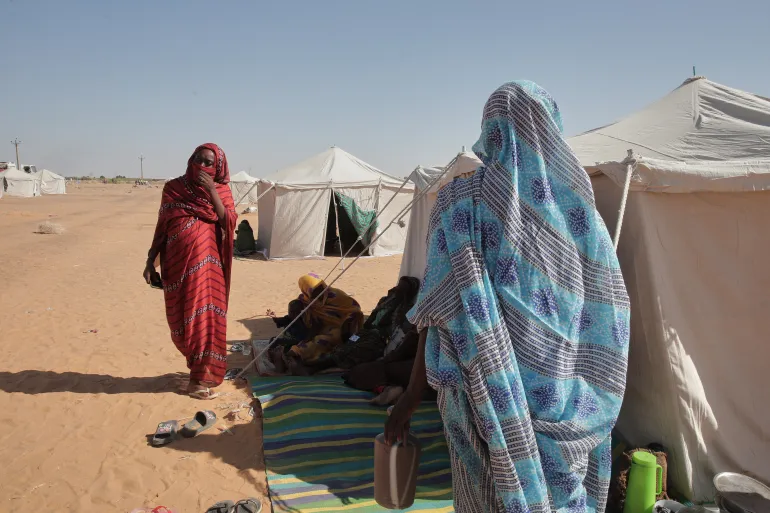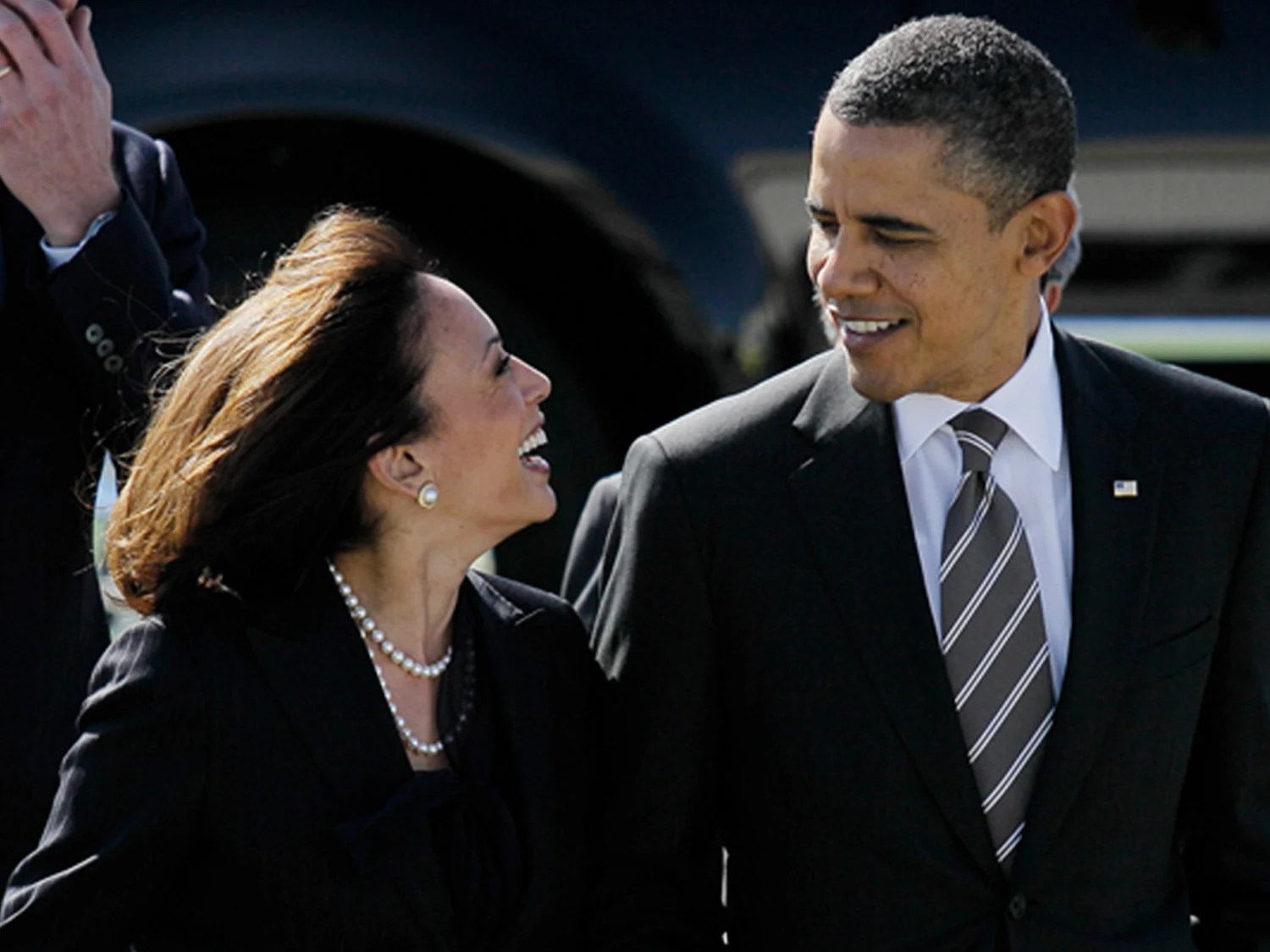Trump’s New Energy Law Draws Concern Over Renewable Investment in Wyoming

The enactment of President Donald Trump’s “One Big Beautiful Bill Act” is receiving praise from Wyoming’s political leaders for its support of fossil fuel industries, WyoFile reports.
However, renewable energy advocates and some local officials warn that the legislation could create economic headwinds for wind and solar development — two of the state’s fastest-growing energy sources.
While the bill provides tax incentives and regulatory relief for coal, oil, and gas, it accelerates the phase-out of federal tax credits that support wind and solar projects. Industry analysts say this shift could raise electricity costs for Wyoming residents and jeopardize the completion of numerous clean energy projects across the state.
“There’s a clear intent to shut down the renewable sector,” said State Senator Chris Rothfuss (D-Laramie). “That’s a problem not just for the environment, but for jobs and revenue that local communities rely on.”
The legislation directs the Treasury Department to immediately begin enforcing a shortened eligibility period for clean energy tax credits under Sections 45Y and 48E of the tax code. Projects must now begin construction before July 4, 2026, and become operational by the end of 2027 — a timeline developers say is difficult to meet given complex permitting requirements.
The bill also reflects a sharp rhetorical shift. Trump’s executive order calls wind and solar “unreliable,” and criticizes their visual impact on landscapes while raising concerns about foreign supply chains. These declarations follow a broader rollback of federal support for renewable energy and reflect a continued preference for domestic fossil fuels.
Still, several large wind projects in Wyoming remain underway, including the Power Company of Wyoming’s Chokecherry and Sierra Madre Wind Energy Project. Once completed, the 600-turbine facility will generate over 3,500 megawatts — increasing the state’s total electric output by more than a third. Developers say the project remains on track thanks to its early permitting and construction timeline.
Other projects, like NextEra Energy’s Cedar Springs IV and Invenergy’s Rock Creek Wind facility, are also expected to come online in 2025. However, uncertainty looms for many smaller or earlier-stage projects that had counted on longer-term tax support.
Renewable energy provides significant tax revenue to Wyoming counties and the state. Wind projects, in particular, are subject to a generation tax that contributes millions annually. Advocates say the revenue is vital for communities with limited tax bases.
“Honestly, here in Albany County, we have such a poor assessed valuation that property tax is a little bit hard to come by,” said Rothfuss. “This year’s sales and use tax is being buoyed by the wind projects. So we know that our community’s counting on that revenue.”
A provision in the new law does allow federal fees from wind and solar leases to be shared with local governments, which some say could increase support among county officials. Still, many remain concerned that the broader effect will be a slowdown in investment — and a missed opportunity to modernize Wyoming’s energy mix.
The American Clean Power Association described the bill as “a dramatic swing in federal policy” that will disrupt investment and job creation.
Surveys by the University of Wyoming suggest that residents are increasingly concerned about climate change and its impact on water and weather. And while coal remains a major political and economic force, some local officials and community members are voicing greater interest in renewables as a path forward.
“I don’t know how many people are moving here for coal jobs when the market is deciding it doesn’t want coal,” said Jonathan Williams of the Wyoming Outdoor Council. “But we do know there’s interest in cutting energy costs and creating future-facing jobs.”
For now, Wyoming generates about one-third of its electricity from wind and solar, with much of it exported to neighboring states. Whether that share continues to grow — or stalls under shifting federal policies — may depend on how quickly developers can respond to the changing regulatory landscape.
As Governor Mark Gordon noted in a recent statement, “I am optimistic about our economy,” though he focused his remarks on fossil fuels and made no mention of renewable energy.









The latest news in your social feeds
Subscribe to our social media platforms to stay tuned